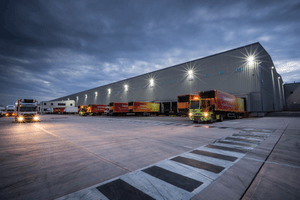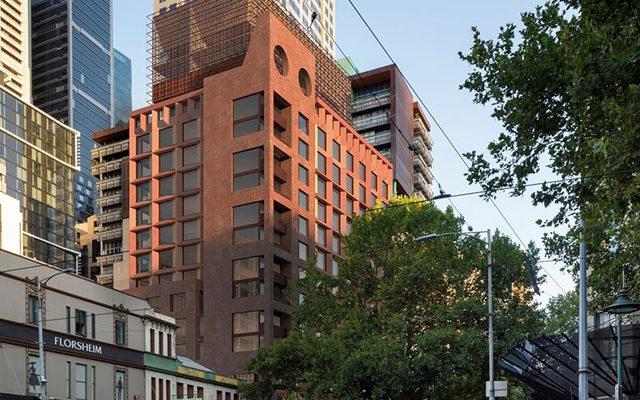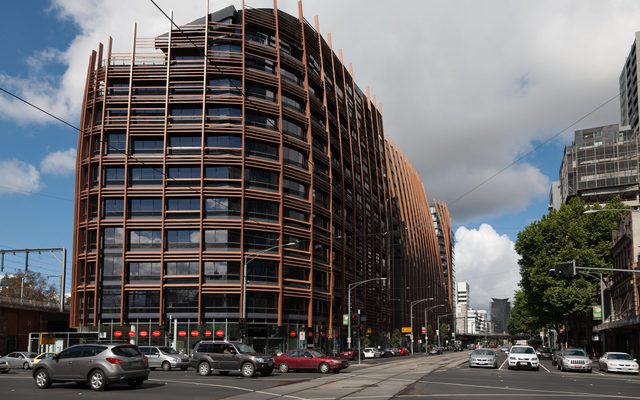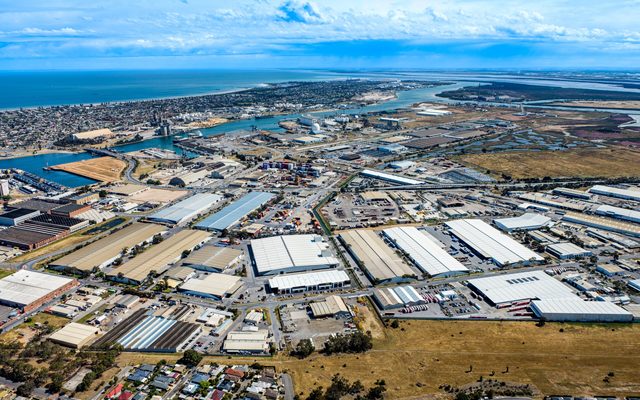This article is from the Australian Property Journal archive
2023 will see a surge in the student accommodation and emerging build-to-rent sectors, as commercial property investment looks poised for a major bounce back.
According to Savills Australia’s 2023 Spotlight research report, a less uncertain interest rate landscape should see transactional activity rebound after a constrained end to the year.
“Some investors will continue to wait for the impact of higher interest rates to wash through valuations, but low leverage among major investors means higher interest rates pose limited systemic risks to the commercial property sector,” said Katy Dean, national head of research at Savills Australia.
“Australia is often seen as a safe haven for offshore investors and will retain its appeal with a robust economic growth outlook and high yields compared to many major markets, coupled with the weaker Australian dollar giving us a firm value advantage.”
Investment capital in the new year should see a renewed interest in assets with the strongest underlying demand fundamentals, such as industrial and logistics, core and prime grade office and emerging and alternative asset classes.
Hotel investment will also continue to recovery, with the sector’s trading fundamentals strong easing any potential debt serviceability issues. Room rates may stabilise or fall in 2023 but Savills forecasts occupancy to continue to grow.
“Long-term rentals are less volatile and with state governments introducing new limits on the number of days in which hosts can rent out their properties, along with registration requirements, there is upside for the hotel economy, as well as the residential sector,” read the report.
Pub sales, which have seen elevated since 2020, will continue to draw in investor demand, though increased legislative pressure on gaming could impact yields and sale prices.
Similarly, interest in industrial and logistics assets isn’t going anywhere as demand significantly outpaces supply, putting rents in both prime and secondary markets under upwards pressure.
Industrial land prices are also increasing, with many markets seeing vacancies below 1.0%, which when combined with high building costs and materials and labour shortages, will see an extended development cycle while new development take-up rates grow.
However, there are indicators of an easing of supply chain disruptions, as shopping costs drop, port congestion and container availability improves.
While student accommodation—particularly investment into purpose built assets—will be buoyed by the return of international students to Australian cities, strong occupancy, outperformance in rental growth throughout 2022 and the limited supply in the sector.
The sector gained momentum over the last year, with the Property Council of Australia has launching its new Student Accommodation Council, in response to the 31,000 purpose-built student beds delivered over the last five years, with an estimated value of $9.3 billion.
For the BTR sector, demand will be heightened by an untenable private rental market, with record high rental rates and low vacancies. Investors will be drawn in by the yield stability of the sector, which supports its long-term secure income stream capabilities
2022 has already marked a major year for the sector in Australia, with recent developments in November alone seeing AXA IM Alts launching into the market, HESTA committing $240 million into a new BTR pipeline and global investor Hines and partners looking to develop and acquire up to $1.5 billion in the sector.
Demand is also set to mount for data centre assets in 2023, as a result of ever-increasing need for secure data storage and connectivity, with Australia’s data centre sector set to grow by 97% over the next three years. While a growing focus on risk prevention in the sector will drive up office utilisation rates in some cities and up demand for colocation or micro data centres.






